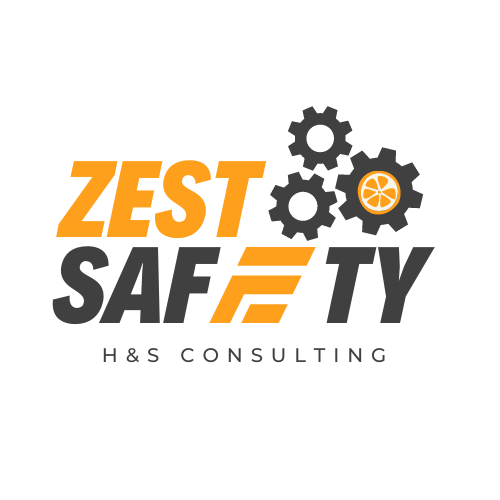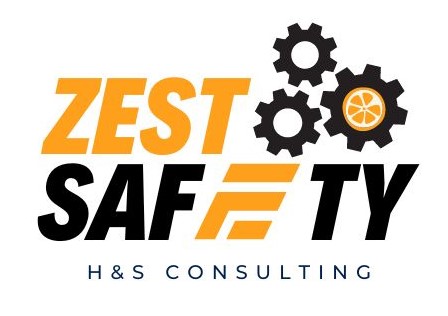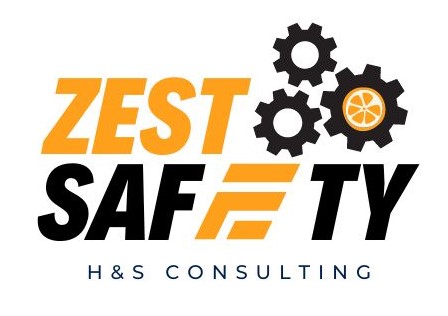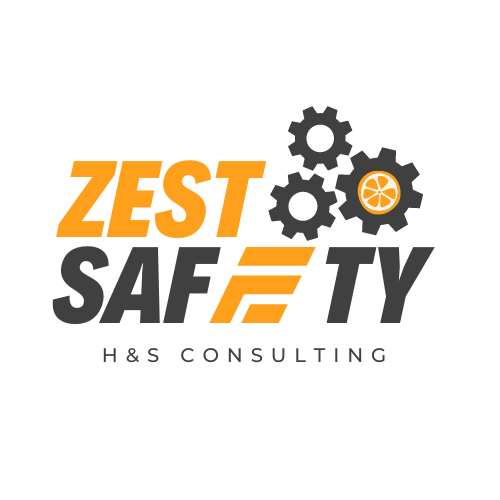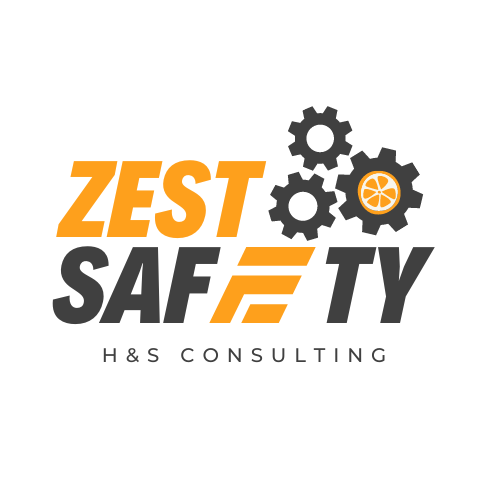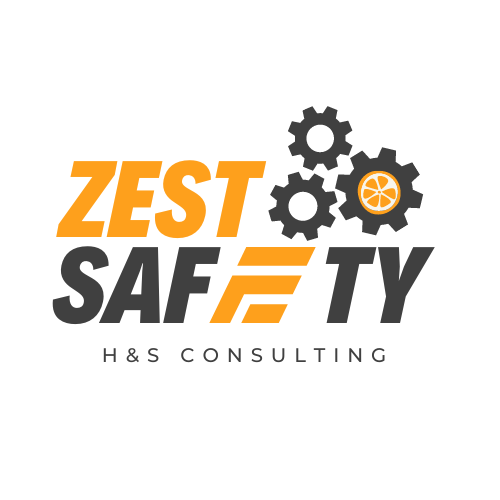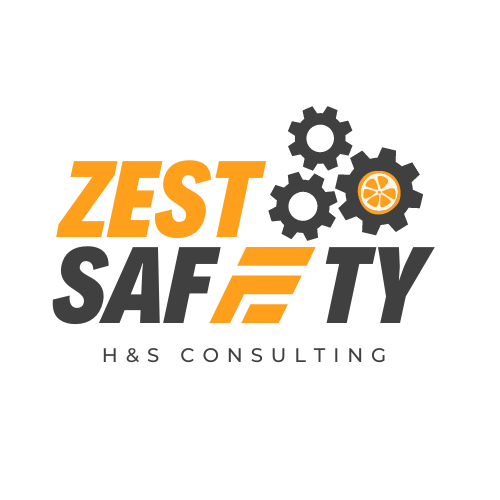Title Page
-
Site conducted
-
Location
-
Conducted on
-
Prepared by
1 Racking Systems
-
Is the racking certified and compliant with AS/NZS 4084:2012 standards?
-
Are load ratings visibly displayed on all racking ends?
-
Are warning signs fixed to racks such as "Do not climb racks", "Report any damage", "Do not alter the structure"?
-
Is the racking system anchored securely to the floor?
-
Is the racking perfectly vertical? (check vertical beams with spirit level or phone app)
-
Are cross beams and base impact protection installed where PME operates?
-
Have routine inspections been conducted weekly for PME-accessible racks and every six months for low-level racks?
-
Is there a process for immediate inspection of racking after incidents (e.g., PME impact, earthquakes)?
-
Is all racking free from damage that may compromise the integrity of the racking system? (need to closely inspect the racking)
-
Are all horizontal and diagonal braces free from damage and free from bulging inwards/outwards suggesting stress on the brace?
-
Do all racks have netting secured across to minimise falling product?
2 Mezzanine Safety
-
Are safety barriers, edge protection, and toe-boards installed on mezzanines?
-
Is storage on mezzanines kept below handrail height, with additional containment measures like nets in place?
-
Are any areas where a person could potentially fall off the mezzanine secured and controls in place to protect from a fall? (examples - gates, openings or lifts where product is brought up to the mezzanine; steps; gaps in railings)
3 Pallet and Goods Storage
-
Are free standing palletised goods limited to two-high to prevent instability? (this refers to palletised blocks of product that may or may not sit on a pallet)
-
Are palletised goods in the racks sitting securely and straight and no obvious items may fall? (check for leaning product; pallets sticking out too far front or back; dislodged pallets; loose items that may fall off pallets; damaged pallet wrapping/strapping etc)
-
Are pallet stacks in production areas and work areas limited to 10-high? (check the pallet stacks)
-
Are pallet stacks in storage areas where pedestrians may be present or where there is a sloped gradient limited to 20-high?
-
Are pallet stacks in storage areas where there is no pedestrian access limited to 40-high?
-
Are damaged pallets removed from stacks promptly to maintain stability? (Check stacks have no broken pallets in them)
-
Are wooden pallets stored at least 15 meters from buildings (or as specified if fire protection is present)?
-
Are pallets and goods stored at least 1.5 meters below lighting or sprinkler systems?
-
Are pallet stacks kept vertical and straight with no pallets sticking out, and have a gap between adjacent rows to avoid interference with adjacent stacks?
- Yes
- No
- N/A
4 Shelving and Cabinets
-
Are loose items removed from the tops of cabinets to prevent falls?
-
Are heavy items stored below shoulder height on racks/shelves that are accessed from the ground?
-
Is all shelving secured to walls, and checked every six months? (Physically check the shelving)
-
Is free standing racking/shelving (accessed at ground level) secured either to a solid object such a wall or to another rack (back-to-back) to minimise toppling/falling?
-
Is free standing racking/shelving stacked so that heavier items are at the bottom and lighter items at the top? (Note it can also be dangerous to store items at the top and nothing on the lower shelves, racks tend to topple over)
-
Are all storage areas, including shelving, regularly inspected for loose or unstable items? (check that housekeeping inspections have been completed that include checking shelving for falling products)
5 Safe Operating Procedures (SOPs)
-
Are SOPs for product placement, retrieval, and equipment use accessible and followed?
-
Are forklift and Work Assist Vehicles (WAVE) operators trained to the current SOP and deemed competent? (Need to check training records - dip sample a handful of workers)
-
Are SOPs and equipment-specific guidelines communicated regularly (e.g., toolbox talks)? (at least one toolbox in the past 12-months on racking safety or falling product/pallets topics)
6 Personal Protective Equipment (PPE)
-
Are appropriate PPE items, such as hard hats with chin straps and harnesses, worn by workers operating at height picking product on racking systems? (Including whilst on the WAVE (also known as 'man-up') machines)
-
Are all PPE items, including lanyards for tools, compliant with AS/NZS 1801 standards?
7 Additional Controls and Communication
-
Are signage and safety warnings, including load capacities and PPE requirements, clearly displayed in all racking areas?
-
Are daily pre-start checks for forklifts and WAVE machines documented?
-
Are periodic workplace storage practice inspections conducted and documented?
8 Training and Competency
-
Are all forklift operators certified and trained according to the relevant SOP?
-
Are WAVE machine operators trained by a competent person and deemed “competent”?
-
If there is a step ladder available, are employees trained in stepladder use and familiar with induction protocols? (Also applies to working in retail or office environments where there is usually a ladder available to reach shelves)
9 Roles and Responsibilities
-
Are site managers or the Head of Department regularly conducting inspections and monitoring guideline compliance?
-
Are team leaders actively involved in training, monitoring, and communicating storage safety practices?
Signature
-
Signature of the person completing the inspection.







